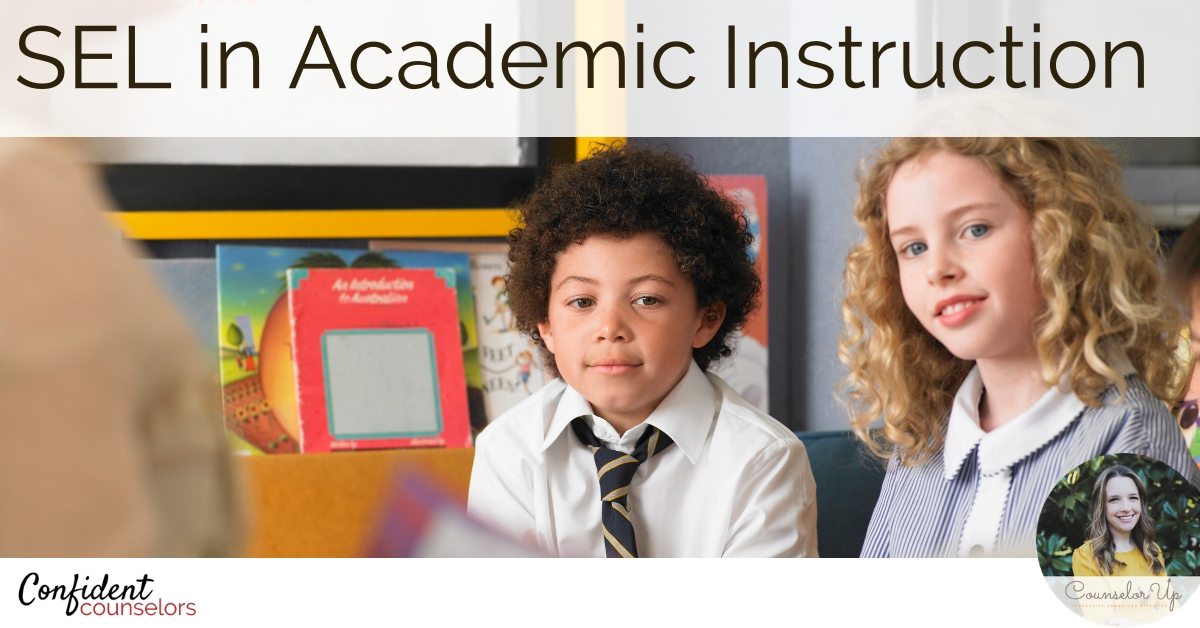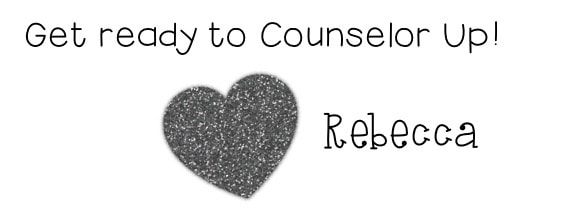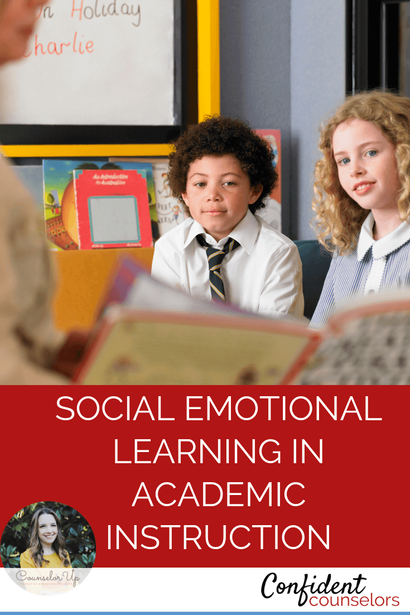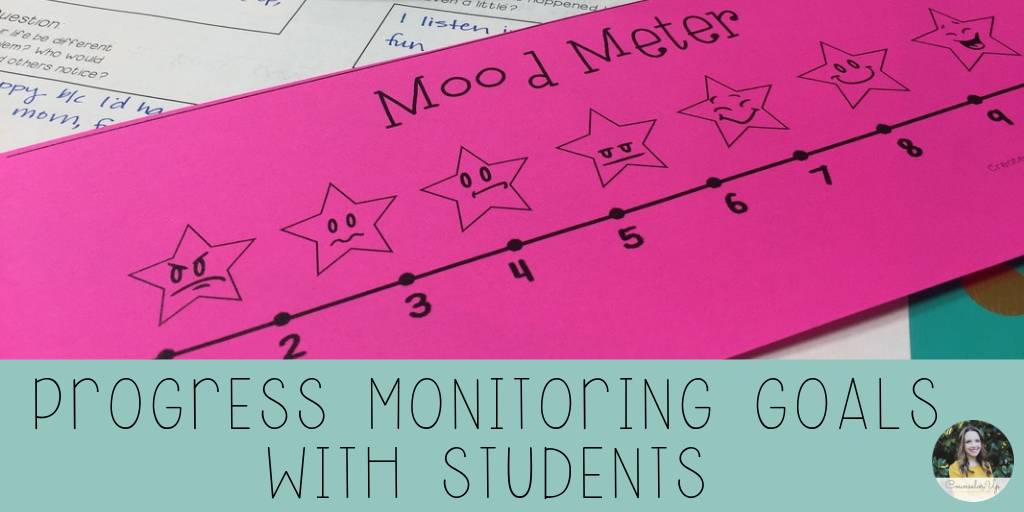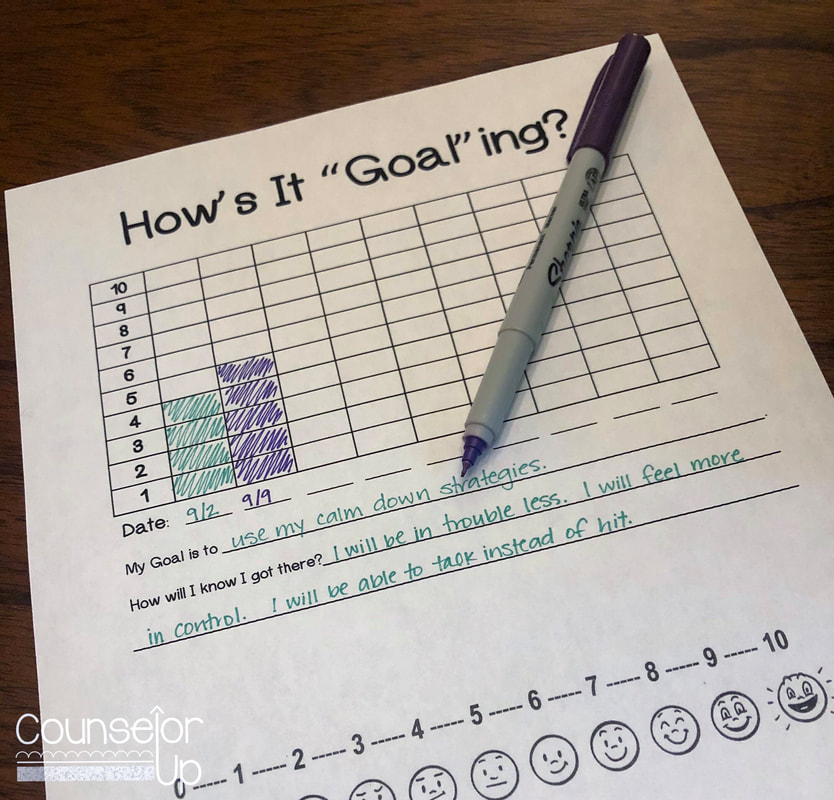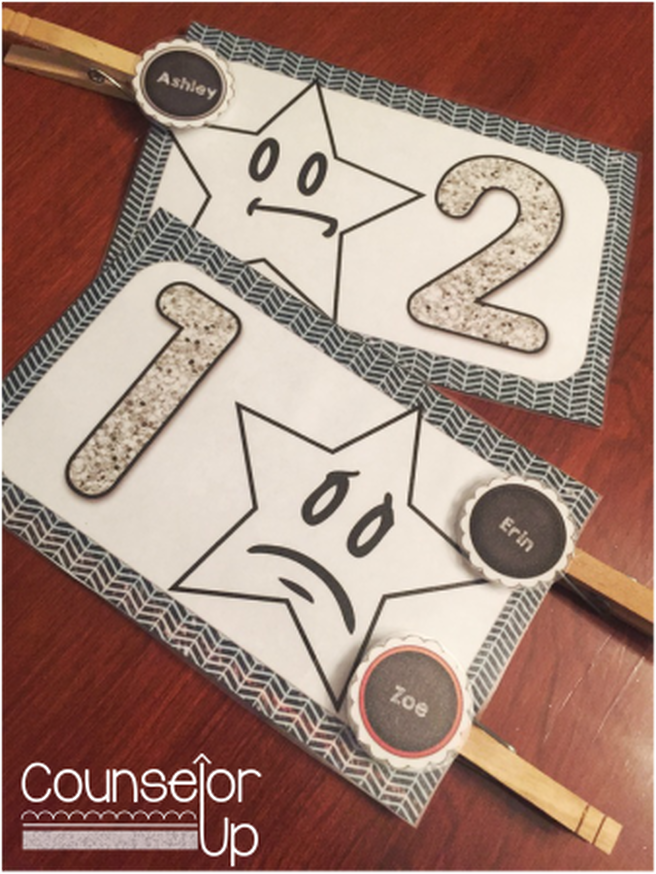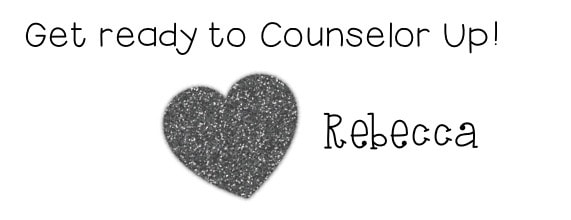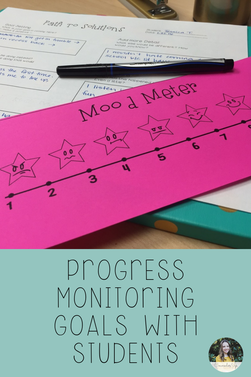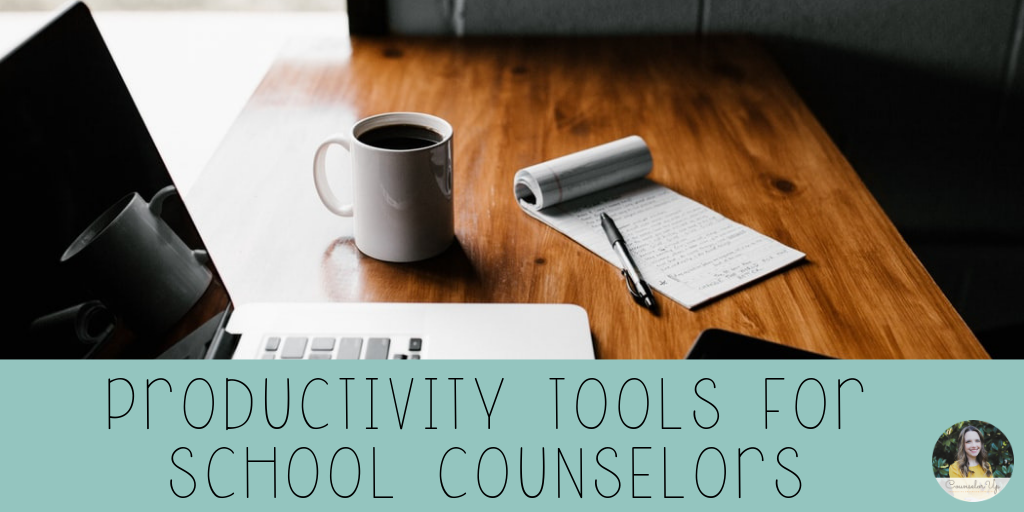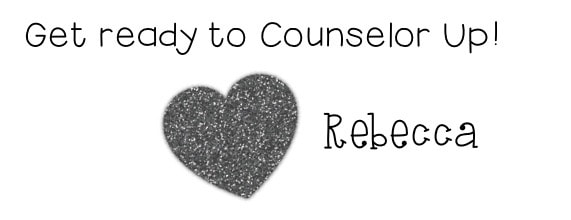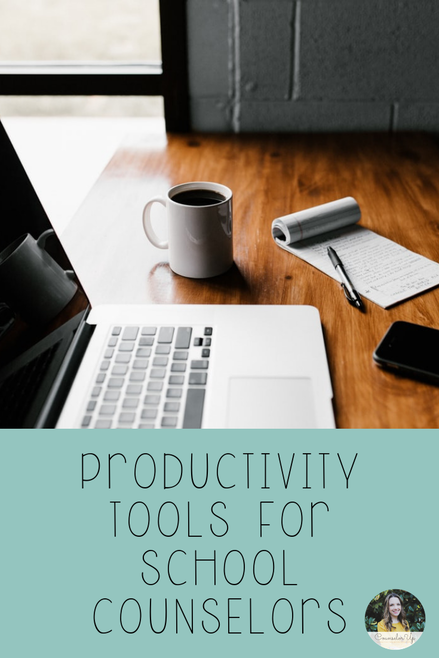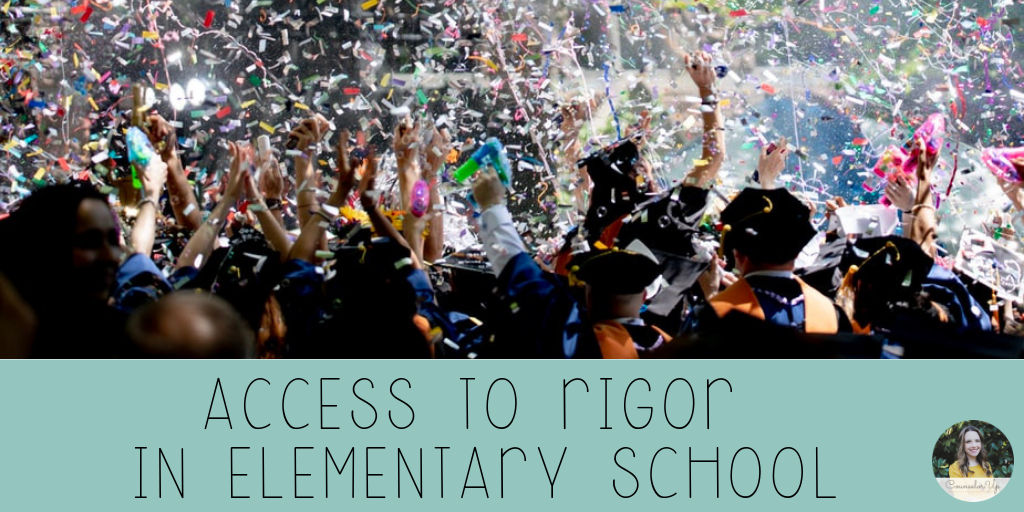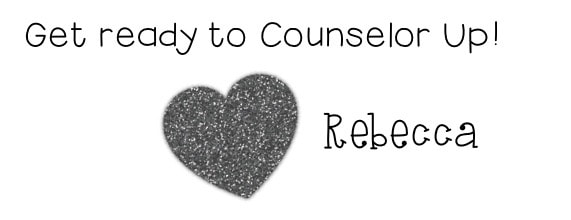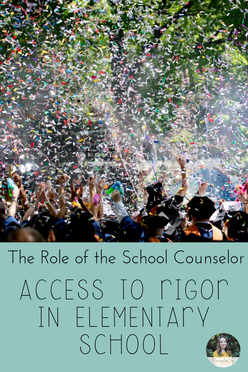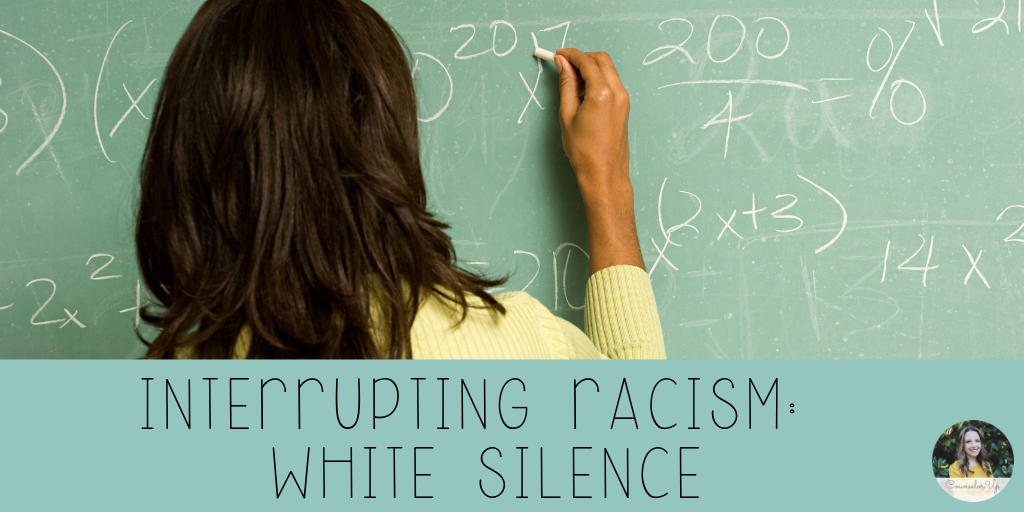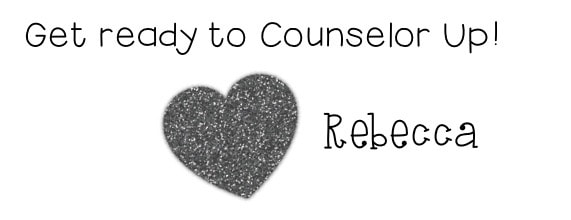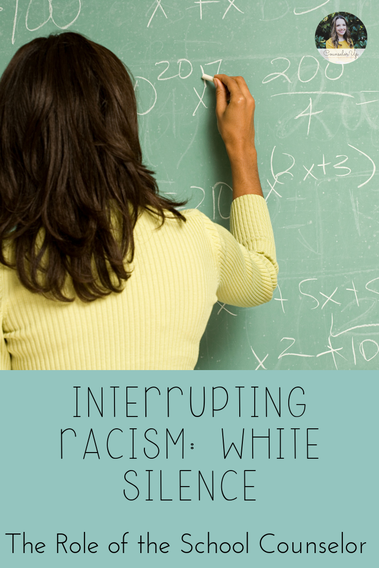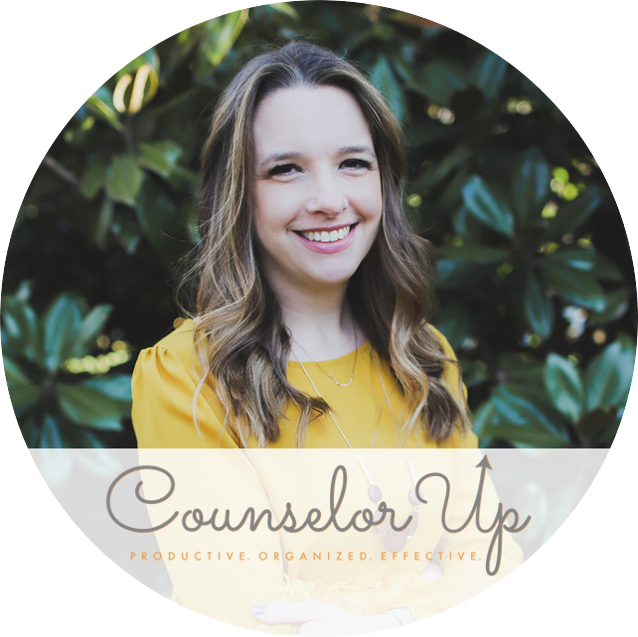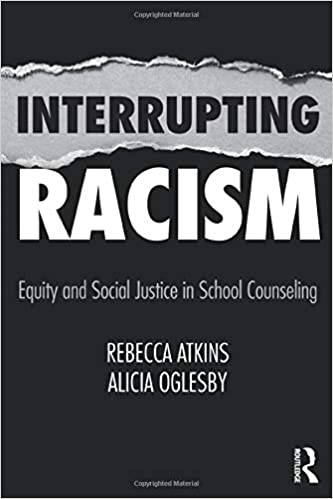Remember when we first started to have technology in schools (no, ok - I’m showing my age)? We felt certain that students would master the use of technology with 30-45 minute technology classes once per week. Over the years, it became apparent that 45 minutes per week was an insufficient amount of time to master any skill. Now everyone in the school incorporates technology as a part of their work with students.
This is where we need to get with social emotional learning. SEL is not separate from academic core instruction. It is a part of the skills needed to access and succeed in college and career ready curriculum. I’m over on Confident Counselors today sharing an activity that I have done with teachers to explore integrating social emotional skills in academic instruction. It’s not something separate. It is a part of the whole.
Need more? I have a post on the pedagogy of social emotional learning and a 3 hour professional development that I have done for whole staff meetings. Drop a note in the comments and tell me what you're up to for social emotional learning, I'd love to hear.

